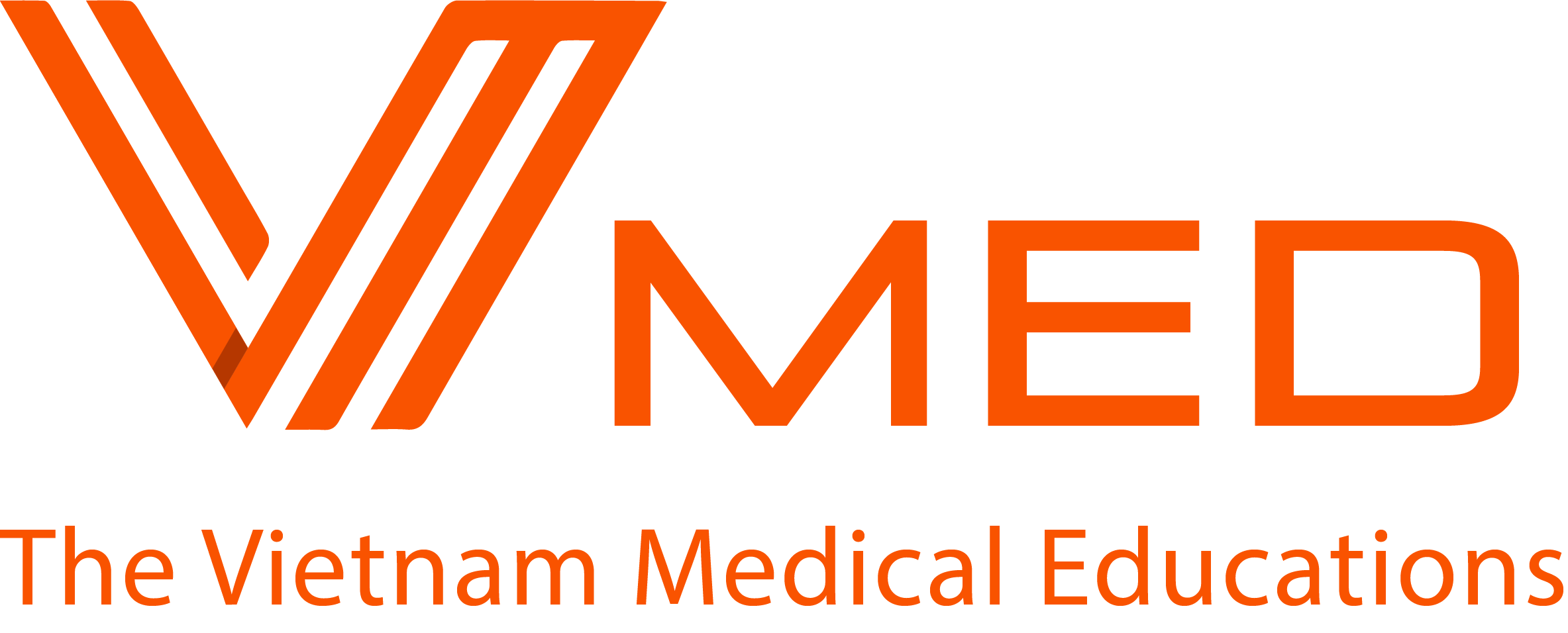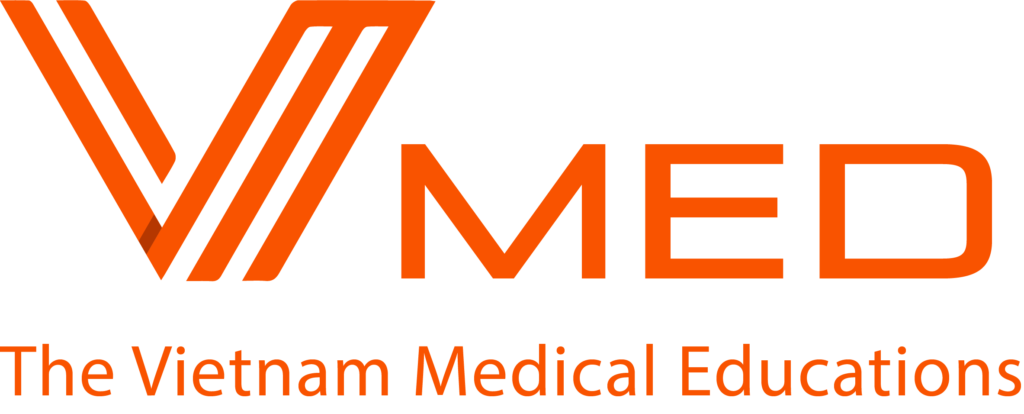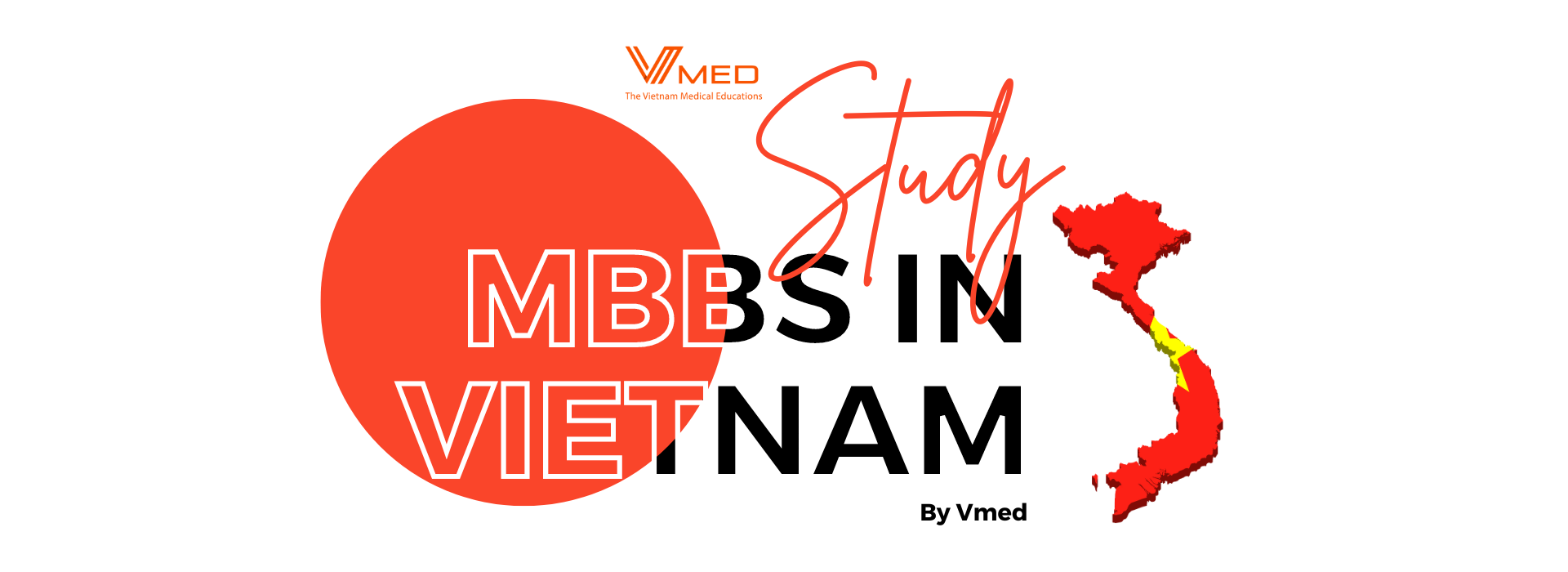Introduction
For Indian students aspiring to become doctors, studying MBBS abroad has become an increasingly popular option. Limited seats in government colleges and the high costs of private medical colleges in India make pursuing medical education abroad a viable alternative.
Among the many countries offering MBBS programs, Vietnam has gained recognition for its affordability, high-quality education, and supportive environment for international students. However, it’s important to compare Vietnam with other popular destinations like Russia, the Philippines, and Bangladesh to determine the best option for Indian students.
In this blog, we will provide a detailed comparison of MBBS in Vietnam vs other countries, covering aspects such as fees, clinical exposure, living conditions, and cultural adaptability.
Comparison Factors
To make an informed decision about studying MBBS abroad, it is essential to compare key factors that influence a student’s academic and personal experience. Below are the primary aspects Indian students should consider when choosing between Vietnam and other countries:
1. Tuition Fees and Cost of Living
- Vietnam: Tuition fees range between ₹3–4 lakhs per year, with a total cost (including living expenses) of approximately ₹35–40 lakhs for the entire course.
- Other countries like Russia, the Philippines, and Bangladesh typically have higher costs when factoring in living expenses and miscellaneous fees.
2. Recognition and Accreditation
- Universities in Vietnam are recognised by the National Medical Commission (NMC), WHO, and FAIMER, making degrees valid for licensing exams like NEXT in India.
- Similar recognition is provided by Russian and Filipino universities, while Bangladeshi universities primarily cater to South Asian students.
3. Clinical Exposure and Infrastructure
- Vietnam offers early clinical exposure, starting in the first year, with access to cadaver labs and university-owned multi-specialty hospitals.
- In contrast, clinical exposure in Russia often begins in the later years of the program.
4. Ease of Admission and Visa Process
- Vietnam has a simple admission process with no entrance exams beyond NEET. Visa processing is also straightforward, especially with the assistance of consultancies like Vmed.
- Russian universities may require entrance tests, and the visa process can be more complicated and time-consuming.
5. Cultural and Climatic Adaptability
- Vietnam’s tropical climate and cultural similarities to India make it easier for Indian students to adapt.
- Countries like Russia have harsh winters, which may be challenging for students from warmer regions like India.
These factors collectively highlight why Vietnam stands out among MBBS destinations.
Vietnam vs Russia
| Factor | Vietnam | Russia |
|---|---|---|
| Tuition Fees | ₹3–4 lakhs per year | ₹4–6 lakhs per year |
| Living Costs | ₹10,000–₹15,000 per month | ₹20,000–₹30,000 per month, higher in major cities |
| Climate | Tropical, similar to India | Harsh winters, with temperatures as low as -30°C |
| Clinical Exposure | Starts in the first year with hands-on patient training | Begins in later years, more focus on theory initially |
| Language of Instruction | Entirely in English | English and Russian; Russian required for clinicals |
| Admission Process | NEET qualification; simple admission and visa process | NEET and entrance tests required; complex visa process |
| Cultural Adaptability | Easy, with similar climate and availability of Indian food | Challenging, due to cultural differences and cold climate |
Vietnam vs Philippines
| Factor | Vietnam | Philippines |
|---|---|---|
| Tuition Fees | ₹3–4 lakhs per year | ₹3–4 lakhs per year |
| Living Costs | ₹10,000–₹15,000 per month | ₹15,000–₹20,000 per month |
| Curriculum Structure | Early clinical exposure from the 1st year | Pre-med (BS program) required before MBBS; delays practicals |
| Practical Training | Hands-on training with real patients from Year 1 | Limited clinical exposure until after the pre-med phase |
| Language of Instruction | Entirely in English | Entirely in English |
| Recognition | Recognised by NMC, WHO, and FAIMER | Recognised by NMC, WHO, and FAIMER |
| Cultural Adaptability | Tropical climate, similar to India; availability of Indian food | Tropical climate, familiar but fewer Indian food options |
Vietnam vs Bangladesh
| Factor | Vietnam | Bangladesh |
|---|---|---|
| Tuition Fees | ₹3–4 lakhs per year | ₹5–7 lakhs per year |
| Living Costs | ₹10,000–₹15,000 per month | ₹12,000–₹18,000 per month |
| Curriculum Structure | NEXT-aligned, focuses on clinical exposure from Year 1 | Similar curriculum, but clinical exposure starts in later years |
| Practical Training | Hands-on patient training from Year 1 | Patient exposure from Year 3 or 4 |
| Language of Instruction | Entirely in English | English, with some use of Bengali during patient interactions |
| Recognition | Recognised by NMC, WHO, and FAIMER | Recognised by NMC, WHO, and FAIMER |
| Cultural Adaptability | Similar climate, disease spectrum, and easy availability of Indian food | Similar culture, but safety concerns may be a factor |
Why Vietnam is the Best Choice for Indian Students
After comparing Vietnam with other popular MBBS destinations like Russia, the Philippines, and Bangladesh, it becomes clear why Vietnam stands out as the top choice for Indian students.
1. Affordability
Vietnam offers some of the lowest tuition fees, starting at ₹3–4 lakhs per year, and the cost of living is significantly lower than in Russia and the Philippines. With a total estimated cost of ₹35–40 lakhs for the entire MBBS program, Vietnam provides excellent value for money.
2. Early Clinical Exposure
Vietnamese medical universities, such as Nam Can Tho University and Can Tho University of Medicine and Pharmacy, focus on hands-on training starting from the first year. This early clinical exposure gives students an edge in practical skills compared to programs in other countries where clinical training begins later.
3. NEXT-Aligned Curriculum
The medical curriculum in Vietnam is designed to prepare students for India’s NEXT Exam, ensuring they are equipped to clear licensing exams upon their return. This alignment makes Vietnamese universities particularly attractive to Indian students.
4. Cultural Compatibility
With a tropical climate, disease spectrum similar to India, and easy availability of Indian food, Vietnam offers an environment where Indian students can adapt quickly. This cultural compatibility reduces the challenges of living abroad.
5. Simplified Admissions and Visa Process
Vietnamese universities have a straightforward admission process, requiring only NEET qualification and basic documentation. The visa process is also simpler and quicker compared to countries like Russia, making the transition easier for students.
Vietnam combines affordability, quality education, and a supportive environment, making it an unbeatable choice for Indian MBBS aspirants.
Conclusion
For Indian students seeking to pursue MBBS abroad, Vietnam emerges as the most practical and rewarding destination. Compared to other countries like Russia, the Philippines, and Bangladesh, Vietnam offers a unique combination of affordability, high-quality education, and cultural compatibility.
Vietnamese medical universities provide early clinical exposure, NEXT-aligned curricula, and globally recognised degrees, ensuring students are well-prepared for licensing exams and medical practice in India or abroad. Additionally, the low cost of living, availability of Indian food, and a tropical climate similar to India make Vietnam an ideal place to study and live.
With its streamlined admission and visa processes, Vietnam reduces the complexities often associated with studying abroad. For Indian students aspiring to become skilled medical professionals, Vietnam is not just a destination—it’s a gateway to a globally successful medical career.



